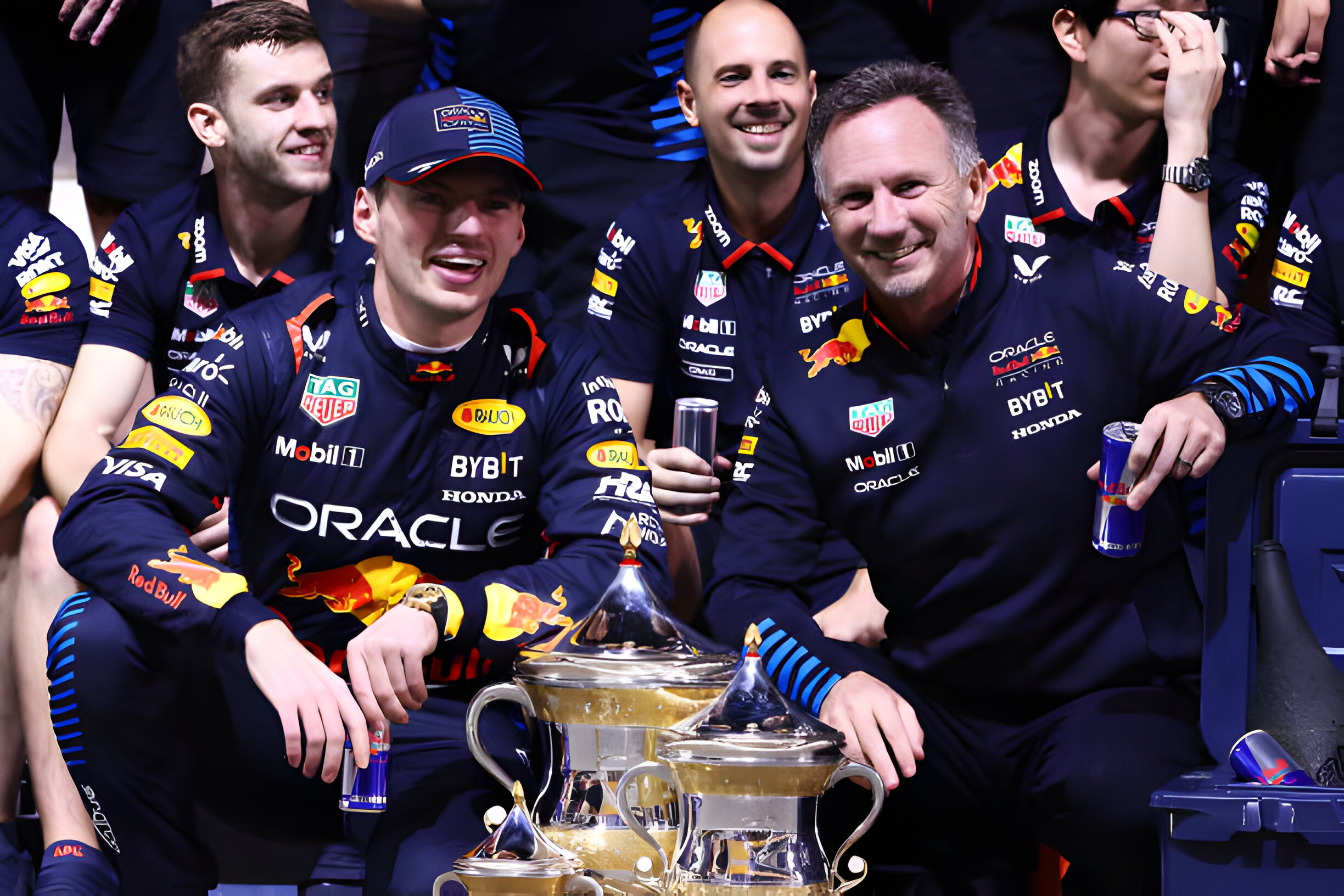Formula 1 is a sport where every detail matters, and one of the most critical factors for success is having clear vision. Drivers need to be able to see every corner, every braking point, and every opponent to make split-second decisions that can mean the difference between victory and defeat. That's why any obstacle that impairs a driver's vision can have significant consequences, as George Russell learned during the recent Spanish Grand Prix.
Russell had an impressive performance at the race, climbing from 12th on the grid to finish third behind his teammate Lewis Hamilton. However, during the event, he experienced a moment of confusion that could have cost him valuable points. At half-distance, he thought it was raining when he spotted drops on his visor. Still, it turned out to be his sweat flicking forward under extreme braking forces due to his hair not being entirely tucked inside his balaclava.
The incident highlights how even a minor distraction or obstruction can affect a driver's concentration and perception. In Russell's case, he momentarily lost focus, believing that it was raining instead of sweat on his visor. Though it did not affect his overall performance much, such mistakes could prove costly in closer races where every second counts.
The incident also emphasizes the importance of preparation and attention to detail in Formula 1. Even something as seemingly small as ensuring that hair is tucked inside a balaclava can make a significant difference in a driver's performance. It is essential to eliminate any potential distractions or obstacles that could hinder their progress on track.
Clear vision is vital not only for drivers but also for their teams. Engineers need to be able to see every aspect of the car and track to make informed decisions regarding setup, strategy, and race management. Any lapses in communication or misjudgments can have far-reaching consequences, as seen in several races where pit-stop errors or incorrect tire choices have cost teams valuable points.
Therefore, it is crucial for Formula 1 teams to invest in the latest technology and equipment that can provide the clearest possible vision for their drivers and engineers. The sport has come a long way from the days of open-faced helmets and rudimentary visors, with modern drivers benefiting from advanced materials, coatings, and designs that enhance visibility while protecting against glare, UV radiation, and impact.
These visors are designed to provide maximum contrast and clarity while minimizing distortion and glare. They also feature anti-fog coatings that prevent fogging up in humid or wet conditions - a common issue that can impair a driver's vision during races.
Similarly, many teams use high-resolution cameras mounted on their cars to provide real-time footage of the track and other drivers. This technology allows engineers to monitor every crucial detail of the race and make informed decisions based on data rather than guesswork or hunches.
In conclusion, George Russell's rain/sweat confusion during the Spanish Grand Prix is a reminder of how crucial clear vision is in Formula 1. It highlights the importance of preparation, attention to detail, and investment in technology to ensure that drivers and teams have the best possible vision on track. As the sport continues to evolve and push boundaries, we can expect further innovations that will enhance visibility and improve performance - ensuring that Formula 1 remains one of the most exciting sports in the world.
FORMULA1
News
Russell's Rain/Sweat Confusion Highlights the Importance of Clear Vision in F1
George Russell's confusion between rain and sweat during the Spanish Grand Prix is a reminder of the crucial role that clear vision plays in the success of Formula 1 drivers.
6 Jun, 12:17
2 years ago
Author:
Racing Union

Source:
George Russell
More articles:

F1 2025 Car Launches: Complete Guide
11 months ago
Racing Union

Hamilton's Upcoming Ferrari F1 Car Test
11 months ago
Racing Union

F1 Australian Grand Prix 2024: Weather Conditions in Melbourne
1 year ago
Racing Union

Leclerc Praises Bearman's Impressive F1 Debut
1 year ago
Racing Union

Max Verstappen's Future at Red Bull
1 year ago
Racing Union